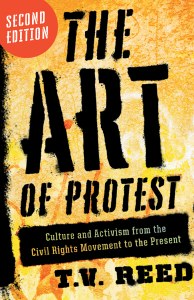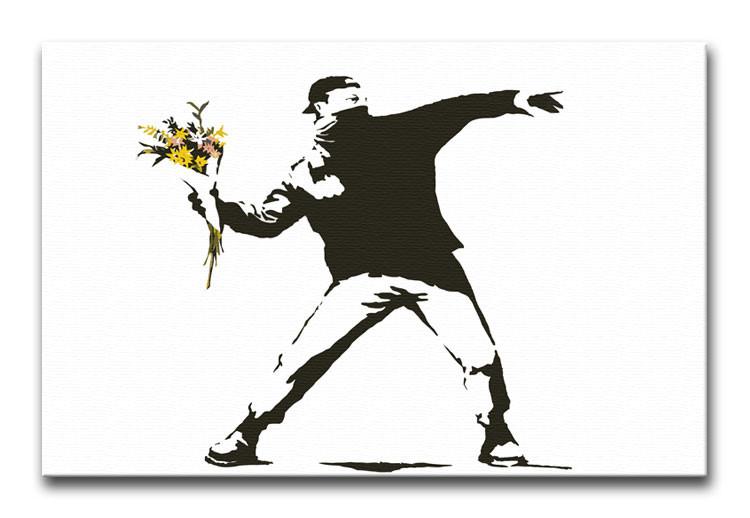
SOCIAL MOVEMENTS & THE ART OF PROTEST
General Introduction This site provides resources for the study of social movements in the US, including those movements as linked to transnational and global movements. The site includes both historical and contemporary movements, because, in the words of the great African American activist Ella Baker, "In order to see where we are going, we need not only remember where we have have been, but we must understand where we have been." The site seeks to be useful to students, activists, scholars, and anyone else wishing to know more about how successful resistance movements arise and sustain themselves.
The site also functions as the resource site for the book The Art of Protest: Culture and Activism from the Civil Rights Movement to the Present (U Minnesota P, 2019) by culturalpolitics.net curator, T.V. Reed. The book introduces 10 major movements, from the 1960s to the present, showing how art and culture have shaped movements. It looks at how various kinds of art (music, murals, theater, graphic arts, poetry/spoken word, fiction, film, augmented reality art and many more) each contribute specific powers to social change movements. You will find a chapter by chapter summary of the book here.
The movements covered in the book are among those with links on the menu to your left, but this site includes many additional, important ones. The site also includes an online essay, Peace Signs: Comparing Posters Against the Vietnam War and the War on Iraq, that serves as a bonus chapter for the book that takes advantage of the visual possibilities provided by the web.
The wider site focuses on the cultural dimensions of social movements. The cultural study of social movements includes two main elements: 1) social movement cultural texts like protest songs or community murals, and 2) movements as unique subcultures in themselves.
Social movement cultures or subcultures are constituted by such things as rituals and symbolically charged actions; works of art and other expressive forms; unique ideologies and value systems; and material culture objects (buttons, t-shirts, etc.) peculiar to the movement, among other things. These behaviors and expressions enhance movement solidarity, strengthen movement-bred identities, and communicate movement ideas, values and goals inside and outside the movement.
Studying the cultural dimensions of movements means bringing together the best insights of sociology, political science, anthropology, history, cultural studies, American studies, ethnic studies, women's studies, and other fields of social movement analysis, as well as the insights of movement activists themselves. However, culture does not float free from politics, economics, social institutions, or other structural factors that have previously been privileged in movement analysis. Culture is neither fully independent, nor reducible to these other forces, but is interwoven with them in complex, mutually influencing ways.
The site centers on links to historically-oriented and contemporary sites categorized by movement type, and also includes links to online articles, bibliographies, course syllabi, and a glossary of terms for movement analysis.


